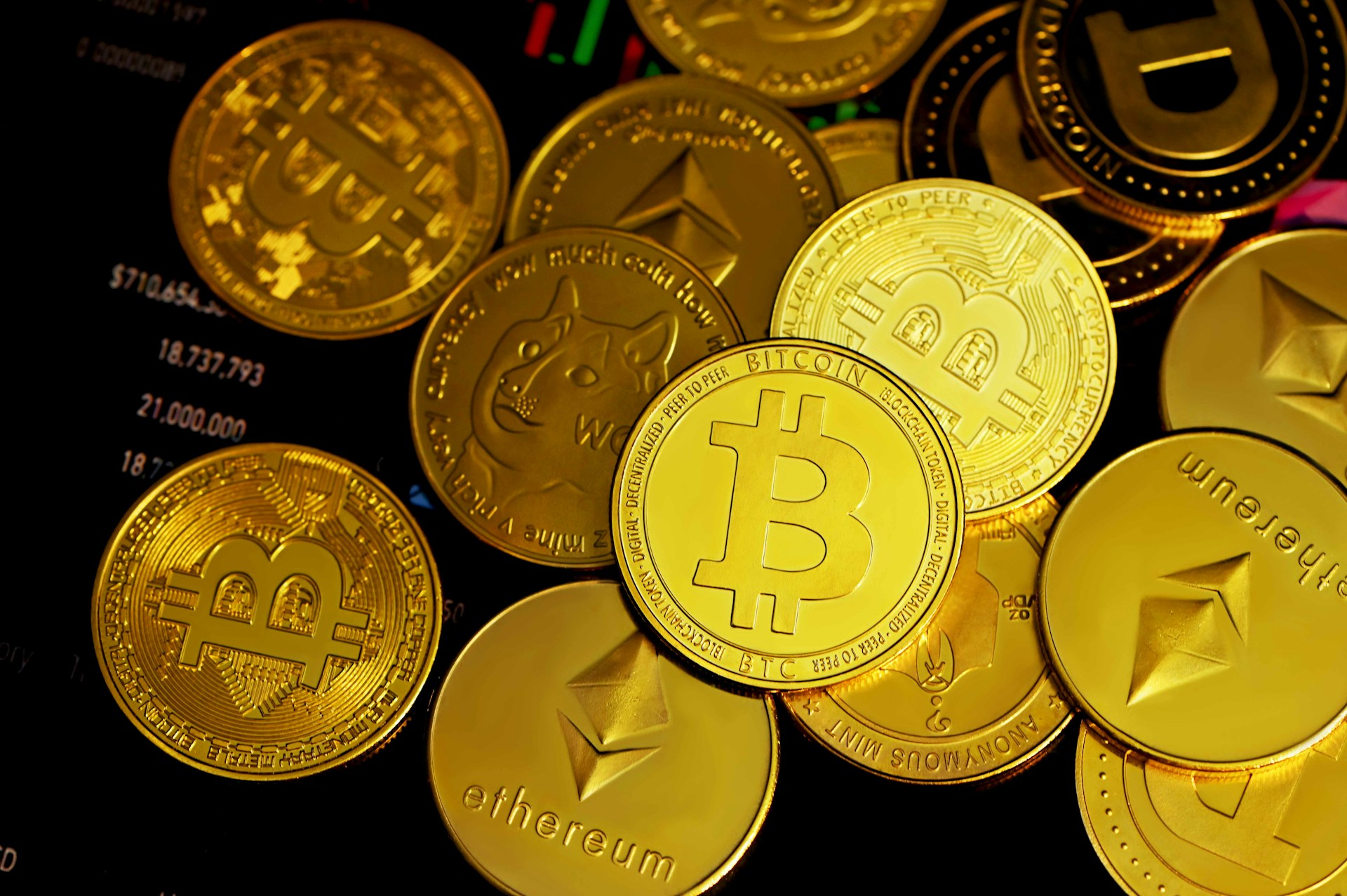The cryptocurrency market in 2025 looks very different than it did just a few years ago.
While institutional investors continue to shape the market through large-scale trades, it is the millions of retail investors worldwide who keep the ecosystem alive on a daily basis. Their choices reveal which projects have truly captured mainstream trust and interest. Looking at the most held crypto within the top 100 cryptocurrencies, we can see which tokens have become retail favorite coins and why they have achieved this popularity.
At the very top of the list, Bitcoin remains unmatched. As the first and most widely recognized cryptocurrency, it continues to be the go-to choice for everyday investors. Despite its volatility, Bitcoin is seen as the digital equivalent of gold, a long-term store of value that almost every retail investor wants a piece of. Its strong branding, widespread adoption, and the sense of security that comes from holding the original crypto make it one of the most popular cryptocurrencies in history.
Ethereum comes in close behind as a retail favorite. Investors are not just buying ETH for speculative purposes but also to interact with decentralized applications, NFTs, and DeFi protocols. This dual purpose as both an investment and a utility token gives Ethereum unique staying power. Retail investors recognize that Ethereum fuels much of the crypto ecosystem, and holding it is akin to holding a stake in the broader blockchain economy. Its continued upgrades, including scalability improvements and reduced fees, have only strengthened its reputation.
Stablecoins like USDT and USDC have also become some of the most held crypto assets among retail investors. Unlike speculative tokens, stablecoins offer predictability and are used as safe havens during market downturns. Many everyday investors use them as parking spots for funds or as on-ramps into the crypto market. Their role as transaction tools, especially in regions where access to U.S. dollars is limited, has made them indispensable. While they may not offer the same excitement as volatile altcoins, their utility ensures they are widely distributed among retail wallets.
Ripple’s XRP continues to attract large numbers of small investors as well. Despite legal challenges in past years, its focus on cross-border payments and partnerships with financial institutions have helped it remain a top retail choice. XRP’s relatively low token price compared to Bitcoin or Ethereum also plays a role. Many new investors feel more comfortable buying thousands of tokens rather than fractions of a coin, even if the overall value is the same. This psychological factor continues to make XRP one of the retail favorite coins in the top 100.
Other altcoins like Cardano and Solana have carved out significant positions among retail holders. Cardano’s emphasis on sustainability and academic research appeals to those looking for a more methodical and socially responsible blockchain project. Solana, on the other hand, has gained attention for its speed and efficiency, attracting communities around gaming, NFTs, and Web3 applications. Both of these projects benefit from active communities that help spread awareness and attract long-term retail investors.
Meme coins also deserve mention, as their retail popularity has at times outshined more established projects. Dogecoin and Shiba Inu remain among the most held crypto assets because of their affordability and strong online communities. While institutional investors often dismiss these coins, retail traders enjoy the culture, humor, and collective spirit surrounding them. The ability of meme coins to capture attention demonstrates the power of community-driven investing, even in a highly technical space like cryptocurrency.
Another layer of analysis comes from looking at regional differences. In developing economies where banking access is limited, stablecoins and Bitcoin dominate retail wallets because they offer financial inclusion. In contrast, in Western markets, speculative altcoins with high potential growth attract more retail attention. This global dynamic ensures that the most held cryptocurrencies vary depending on economic needs, but some names like Bitcoin, Ethereum, and stablecoins appear consistently across all regions.
The trend also highlights how retail investors are increasingly sophisticated compared to the early days of crypto. Many now diversify their holdings, combining blue-chip assets like Bitcoin and Ethereum with promising altcoins, stablecoins, and even meme tokens. This diversification mirrors traditional investing practices, showing that retail participants are becoming more strategic.
In conclusion, the popular cryptocurrencies most held by retail investors today include not only the giants like Bitcoin and Ethereum but also stablecoins, community-driven meme tokens, and innovative altcoins like Cardano and Solana. Their choices reveal more than just trends—they show the balance retail traders seek between safety, utility, and excitement. As the market continues to evolve, retail participation will remain a powerful force, shaping which projects thrive in the top 100 cryptocurrencies and which fade away.

